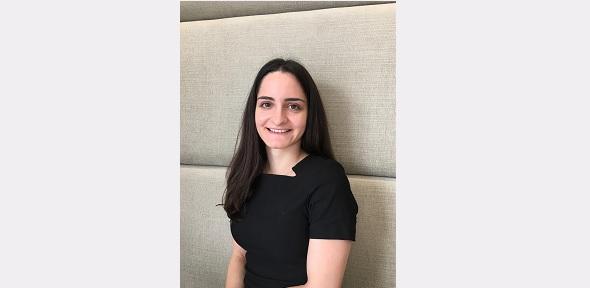
Date in FIBE: 2016 - 2020
History before joining: Before joining FIBE, I completed an MEng degree at the University of Surrey. I also spent a few years working with Costain as an engineer across multiple projects, including a highways maintenance contract for Highways England, the London power tunnels project for National Grid and the Thames Tideway Tunnel.
Title of thesis plus a very short summary: Multi-functional applications of graphene-related materials in cementitious composites
The materials currently employed in infrastructure are passive and inert, far from being carbon neutral, maintained reactively and serve no additional functionality. However, recent scientific advances in biomimetic materials – referring to materials that mimic natural systems - could enable the infrastructure industry to turn the cementitious structures into fully digitised, cognitive assets that can provide additional functionalities to their owners and maintainers. My PhD investigated the use of graphene-related materials in cement composites to create a self-sensing mechanism.
Why did you join FIBE? FIBE offered many more benefits compared to a traditional PhD. Having the MRes year really helped to consolidate my thoughts around the research topic that I would pursue in my PhD and it was also a great opportunity to sit in other future infrastructure modules.
How did it help you? It was great being part of a cohort and having a support network for the duration of the studies. A traditional PhD could feel quite isolating but this was not the case at FIBE as it is cohort-based.
What are you doing now? Following my PhD, I joined KPMG's Infrastructure Advisory Group in London working in Asset management.
Contact: ioanna.papanikolaou1@cantab.net

